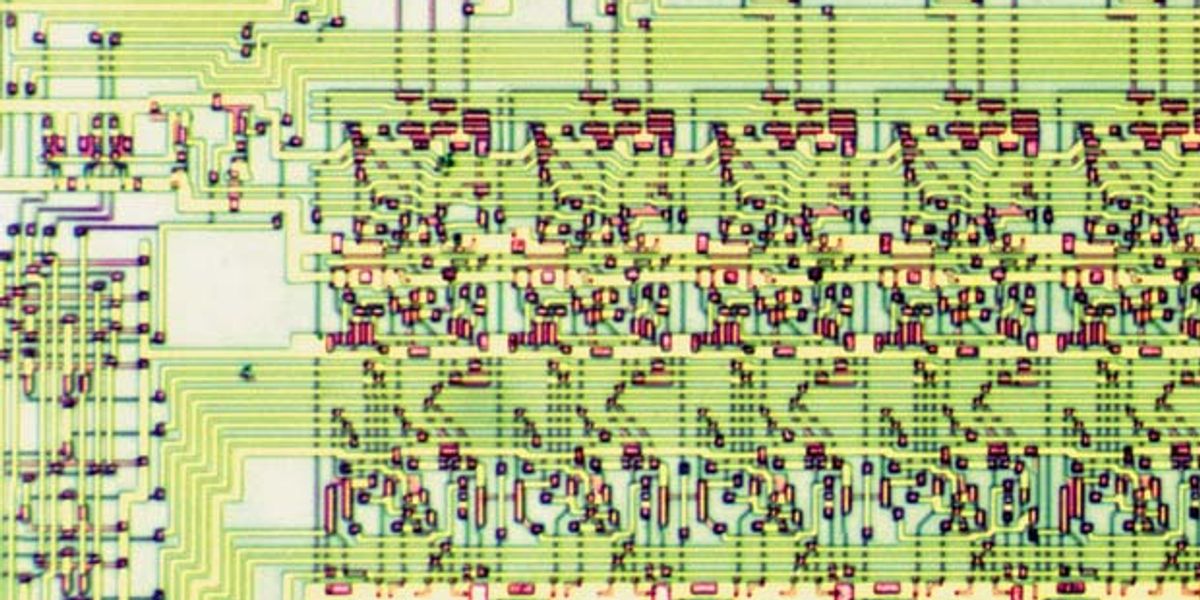@kuro68k
I just came across this thread...
First of all






for your work !
Second a have some addendums:
You have the AMD AM2900 also in the list, only mentioned for Atari.
These ones have been used to build a huge load of different systems and/or controllers.
F.e. Data General used those to build their NOVA4 16 Bit CPUs with these.
DEC used them for add-on high-performance floating point units for the 11/34 /44 /23 systems.
I also have 3rd party Qbus controllers for PDP11 systems here which also did use am29xx chip to make their own cpus out of them,
sometimes bc it was cheaper than to buy f.e. an intel cpu; sometimes bc they had experience with those bit-slice things and already written software for other controllers with bit-slice.
Ken Shirriff wrote some information about those
You're probably familiar with modern processors made by Advanced Micro Devices. But AMD's processors go back to 1975, when AMD introduced t...

www.righto.com
You thought it started with the Intel 4004, but the tale is more complicated

spectrum.ieee.org
My opinion is also that there must be an Alpha section...
Why ?
They are history to remember:
There have also been workstations from the beginng to run winNT workstation,
f.e. the Alphastation 200 4/100, Personal Workstation PWS433 / 500 / 600, Compaq Professional Workstation XP1000
Once also Vobis Computer did try to sell it to the masses with an EV5 style cpu, also with NT.
One main reason is also that AMD used technology in their first gen Athlon CPUs from 500-1000MHz
the Alpha EV6 Bus protocol and also the floationg point units.
They hired / bought a lot of former Alpha developers and bc of that they were able to kick Intels asses at that time very hard and deep...

Also Alpha was used in supercomputing f.e. the Cray T3D and T3E systems of just with clusters of 2 or 4 CPU servers at Compaq/HP
- this was called Alphaserver SC (SC for supercomputing) 20 or 40 or 45 ( the used Alphaserver models) with Quadrics interconnect.
In its heydays operating in the top5 of the TOP500 supercomputing lists.
There are also VME bus style systems for real time applications.
I know you want to focus on workstation style, but just fyi



